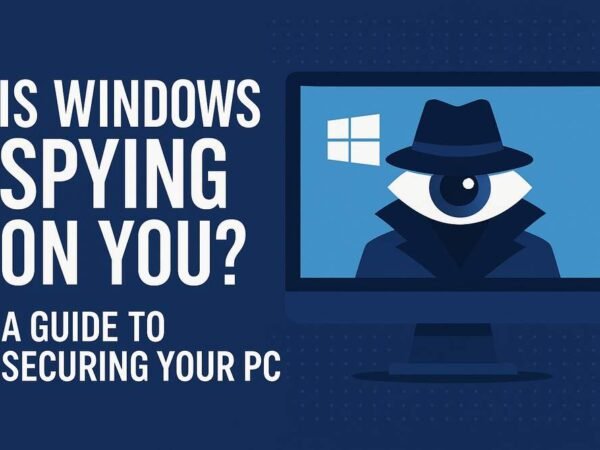In recent years, desktop laser cutters have gained immense popularity among hobbyists, entrepreneurs, and small businesses. These versatile machines allow users to cut, engrave, and mark various materials precisely and efficiently. However, with so many options on the market, selecting the right desktop laser cutter can be daunting. This article will guide you through the essential factors to consider when choosing the perfect machine.
Understand Your Needs
Before diving into specifications and features, take a moment to assess your specific needs. Ask yourself the following questions:
- What materials will you be working with? Common materials include wood, acrylic, leather, and fabric. Different lasers are optimized for various materials.
- What is the maximum size of the projects you want to create? Consider both the cutting area and the thickness of materials.
- What type of work will you be doing? Are you focused on engraving, cutting, or both? Will you be producing prototypes, personalized gifts, or industrial parts?
By clarifying your objectives, you can narrow down your options more effectively.
Types of Laser Cutters
There are primarily two types of laser cutters: CO2 and fiber lasers.
- CO2 Laser Cutters: These are the most common type for desktop machines. They work well with organic materials like wood, acrylic, and leather. CO2 lasers are generally less expensive and easier to use, making them ideal for beginners.
- Fiber Laser Cutters: These lasers are more powerful and can cut through metals and thicker materials. While they are more expensive and typically suited for industrial applications, they offer precision and speed for metalwork.
Evaluate the materials you plan to use to determine which laser type best suits your needs.
Consider the Cutting Area
The size of the cutting area is crucial, especially if you plan to work on larger projects. Desktop laser cutters vary in bed size, typically ranging from 12″ x 20″ to 24″ x 36″ or more. Ensure your chosen machine has enough space to accommodate your largest anticipated project. If you plan to work on oversized items, consider models with larger cutting areas or those allowing pass-through capabilities.
Power and Speed
Laser power is measured in watts, directly impacting different materials and thicknesses.
- Lower-wattage machines (30W-40W) are suitable for thin materials like paper and acrylic.
- Higher-wattage machines (50W-100W) are better for cutting thicker materials like wood or engraving on more complex surfaces.
Speed is also an essential factor. Look for machines with adjustable speed settings, as different projects may require varying speeds for optimal results.
Software Compatibility
The software with your laser cutter plays a significant role in your workflow. Most laser cutters are compatible with popular design software like Adobe Illustrator, CorelDRAW, or Inkscape. To streamline your design process, ensure your cutter has user-friendly software and supports standard file formats (like .svg, .dxf, or .pdf). Some models come with proprietary software, which can be limiting if you’re used to other programs.
Build Quality and Design
The laser cutter’s build quality is essential for durability and performance. Look for machines made from high-quality materials, such as metal frames, that provide operation stability. Additionally, consider the machine’s design. A compact and aesthetically pleasing design may be a priority if your workspace has limited space.
Safety Features
Laser cutters can be hazardous if not used properly. Look for machines equipped with safety features such as:
- Emergency stop buttons: These allow you to halt the operation immediately in case of an emergency.
- Enclosed designs prevent accidental exposure to laser beams and reduce fumes and smoke.
- Air filtration systems: These help eliminate harmful particles and odors, improving the working environment.
Budget Considerations
Desktop laser cutters come at various prices, typically ranging from a few hundred to several thousand dollars. Establish a budget that aligns with your needs, and be mindful of any additional maintenance, materials, and software costs. Remember, while it might be tempting to choose the cheapest option, investing in a quality machine can save you money and headaches in the long run.
Customer Support and Community
Reliable customer support can be invaluable, especially if you’re new to laser cutting. Check if the manufacturer offers technical assistance, warranty options, and a community forum for users. A vibrant online community can be an excellent resource for troubleshooting and sharing tips.
Read Reviews and Seek Recommendations
Before making a purchase, take the time to read reviews and seek recommendations from other users. Websites, forums, and social media platforms can provide insights into different models’ performance, reliability, and ease of use. Real-world experiences can help you make an informed decision.
Conclusion
Choosing the suitable desktop laser cutter involves careful consideration of your needs, the types of materials you’ll be using, and your budget. By understanding the key factors discussed in this article, you’ll be well-equipped to select a machine that enhances your creativity and productivity. With a suitable laser cutter, you can unlock a world of possibilities in design and fabrication, whether for personal projects or a burgeoning business.
Do Read: Don’t Let a Broken WordPress Plugin Ruin Your Day – We’ll Fix It in Charlotte













